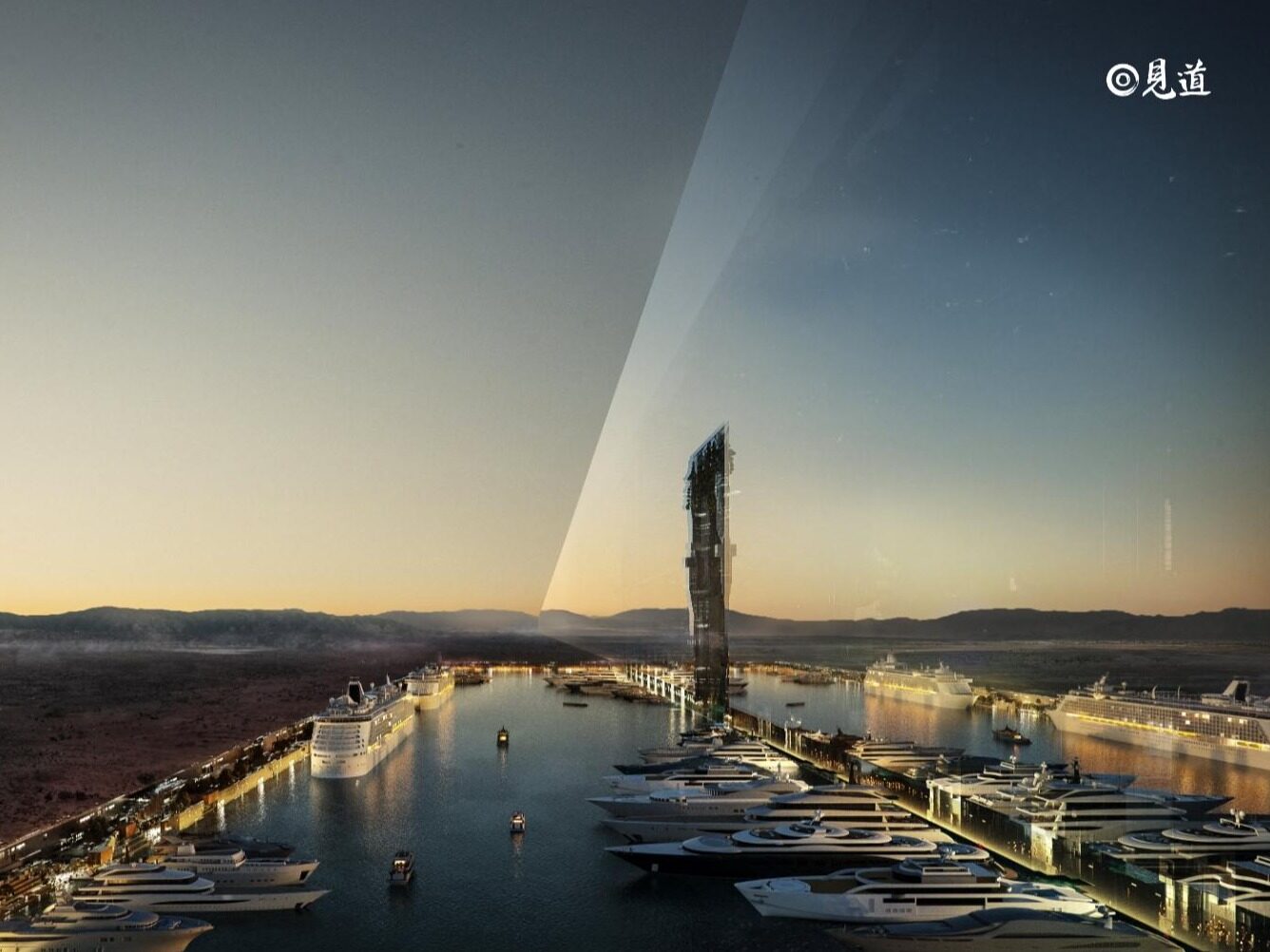- This conference is the most influential annual event in the field of international infrastructure investment and construction

On July 22, 2021, the 12th International Infrastructure Investment and Construction Summit Forum was grandly opened in Macau. The forum is co-sponsored by the China International Contractors Association and the Macao Trade and Investment Promotion Agency. It is the first large-scale offline international conference in Macao this year. It has attracted much attention from the international industry. As a professional media in the construction machinery industry, the first construction machinery network is accepted Invite to participate in this meeting and make in-depth reports.

As the most influential industry event in the field of current international infrastructure investment and construction, this forum has the theme of "Joining Hands to Promote the New Development of International Infrastructure Cooperation", attracting more than 1,300 people from more than 500 organizations in 71 countries and regions around the world Attend. The release ceremony of the "Belt and Road National Infrastructure Development Index (2021)" and the "Belt and Road National Infrastructure Development Index Report (2021)" was held at the conference. The meeting was hosted by Fang Qiuchen, the chairman of the China International Contractors Association.
The following is a transcript of the speech by Fang Qiuchen, chairman of the China International Contractors Association:
Dear guests, in 2021, we will continue to carry out forecasting calculations and research on the infrastructure development index of 71 countries along the Belt and Road. Next, on behalf of the China International Contractors Association and China Export Credit Insurance Corporation, we will release the 2021 Belt and Road National Infrastructure Facility development index.
1. The overall infrastructure development index of the countries along the Belt and Road has stopped falling and rebounded, but it still faces many challenges. Affected by factors such as the slow economic recovery of various countries, the restorative development of the infrastructure of the countries along the route has gradually emerged. The overall index has rebounded from 110 in 2020 to 113, but it is still at a low level in the past ten years. Multiple challenges.
Second, the Southeast Asia index remained ahead, and the Portuguese-speaking countries index and ranking rebounded significantly. The Southeast Asian region has strong demand for infrastructure construction, and its development momentum is strong, with an index of 125, which is the top of each region. The Portuguese-speaking countries' development index rebounded significantly, rising to third place. In terms of countries, Indonesia, Malaysia, and the Philippines rank the top three in the index, and Brazil continues to top the Portuguese-speaking countries index.
Third, the construction of infrastructure for people's livelihood has accelerated significantly, and the preferences for infrastructure development have changed. To meet the challenge of the epidemic, expand social employment, and stimulate the economy, it has become a common demand for infrastructure investment in various countries. People's livelihood projects such as housing construction and medical and health care have become areas of priority support in the national infrastructure plan of the One Belt and One Road. At the same time, small and medium-sized infrastructure projects that can be effective in the short term are more popular.
Fourth, carbon neutrality leads the new direction of infrastructure development, and new energy has become a priority development area for all parties. In order to achieve the goal of carbon neutrality, governments of various countries are striving to optimize the energy structure and promote the development of new energy. Many financial institutions have announced that they will stop providing financing support for fossil energy projects and instead increase their support for new energy projects such as wind power and photovoltaics.
Fifth, regional trade agreements promote the upgrading of infrastructure cooperation and bring more development opportunities to all parties. With the signing of regional trade agreements such as RCEP, the degree of openness of the infrastructure market of relevant countries has further increased. The lower foreign investment and entry barriers will stimulate the infrastructure needs of various countries in the fields of housing construction, industrial parks, and power and energy, and the prospects for cooperation are broad.
Sixth, ESG management has become a new requirement for international infrastructure cooperation. In order to control investment and financing risks and contribute to global sustainable development, the ESG rating of infrastructure companies and the ESG management level of projects have become an important consideration for international financial institutions and investors to provide financial support for infrastructure projects.
In order to promote the high-quality and sustainable development of infrastructure in countries along the Belt and Road, all parties should also pay attention to the following risks. The first is the impact of the new crown epidemic and its derivative risks on the development of international infrastructure. The second is the change of government, regional conflicts, violent terrorist attacks and other security risks and political risks caused by changes in international relations. The third is the financial risks caused by inflationary pressures and exchange rate fluctuations. The fourth is the risk of extreme weather and natural disasters to the construction and subsequent operation and maintenance of infrastructure projects.
Keywords: Exhibition News, One Belt One Road
In view of the above, we recommend the following to all parties: First, strengthen intergovernmental cooperation and implement established or signed multilateral cooperation agreements. The second is to enhance the coordination capabilities of financial institutions, accelerate mutual recognition of rules, and improve cooperation platforms to meet the financing needs of all parties. The third is to strengthen the overall strength of the enterprise, improve the prevention and control of localized operation risks, and the level of ESG management. The fourth is to optimize the business structure of enterprises, grasp the direction of green development, and improve the level of cooperation in the infrastructure of the Belt and Road.Editor/Xing Wentao
Comment
 Praise
Praise
 Collect
Collect
 Comment
Comment
 Search
Search














Write something~